
A vision for Pennsylvania’s Beech Creek
An angler looking for a diverse trout angling mecca in the East could do worse than to choose the State College, Pa., area as a base of operations.
Small mountain streams teem with native brook trout. Larger lower elevation streams such as Spring Creek, Fishing Creek, Penns Creek and Bald Eagle Creek draw fly anglers from far and wide with their robust populations of burly wild brown trout and prolific insect hatches.
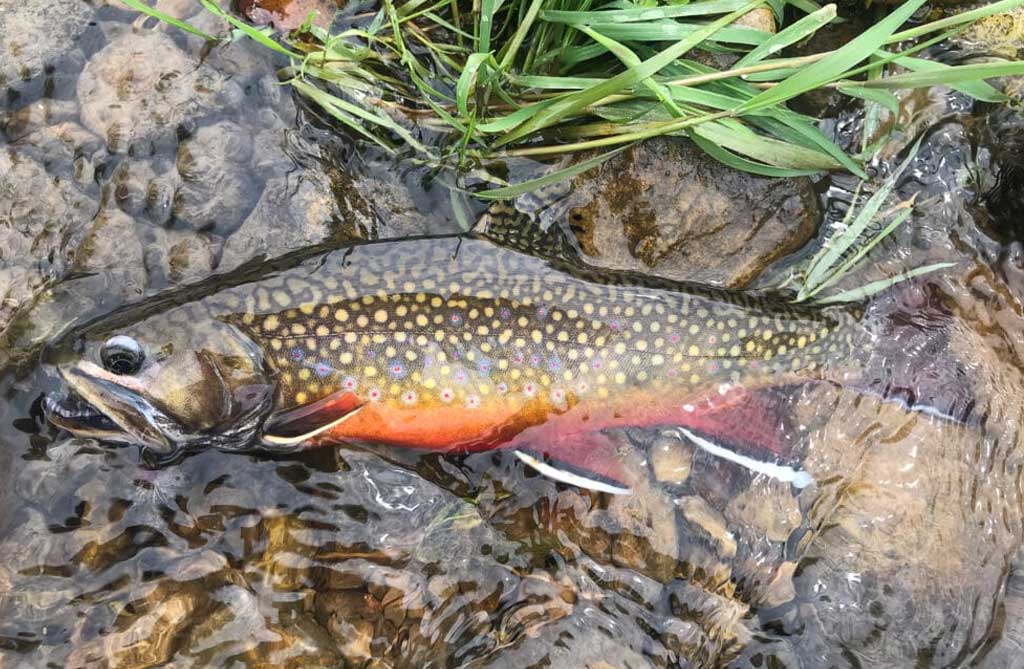
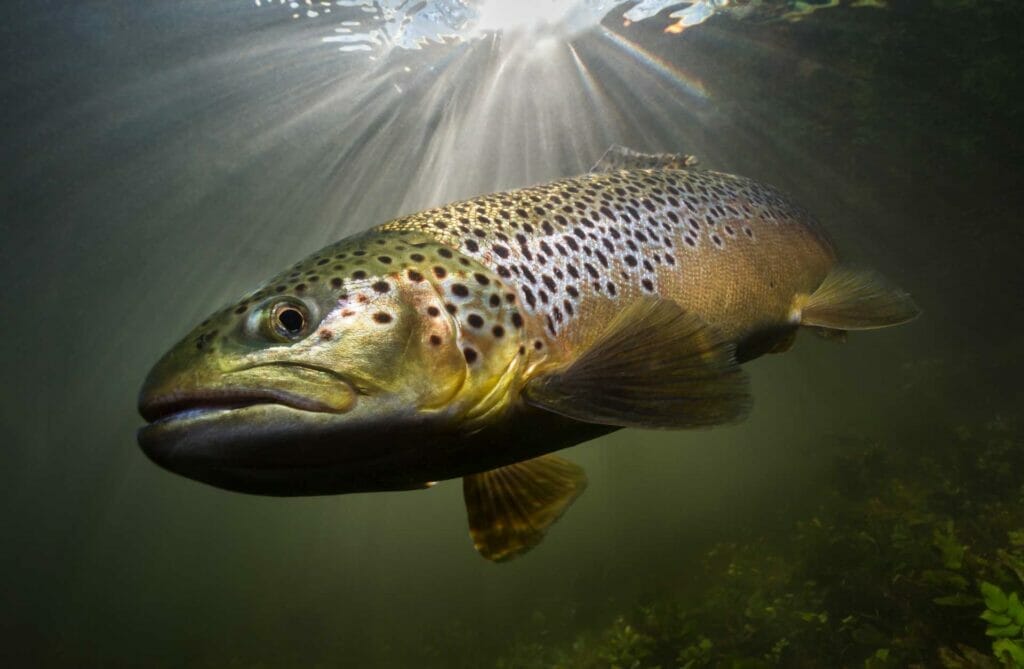
Brian Cooper has a vision of another stream joining that list. Beech Creek flows boldly from its headwaters more than 20 miles to its junction with Bald Eagle Creek. With its mix of riffles, runs and pools it seems to scream “Trout!”
“It’s the kind of stream you look at and you just think, ‘Wow!” Cooper says. “It looks like it would be one of the best fisheries in the area. It’s a big, remote, mountain stream with great habitat surrounded by nothing but forest. In a lot of ways, Beech Creek should be better than some of our more famous trout streams in the state.”
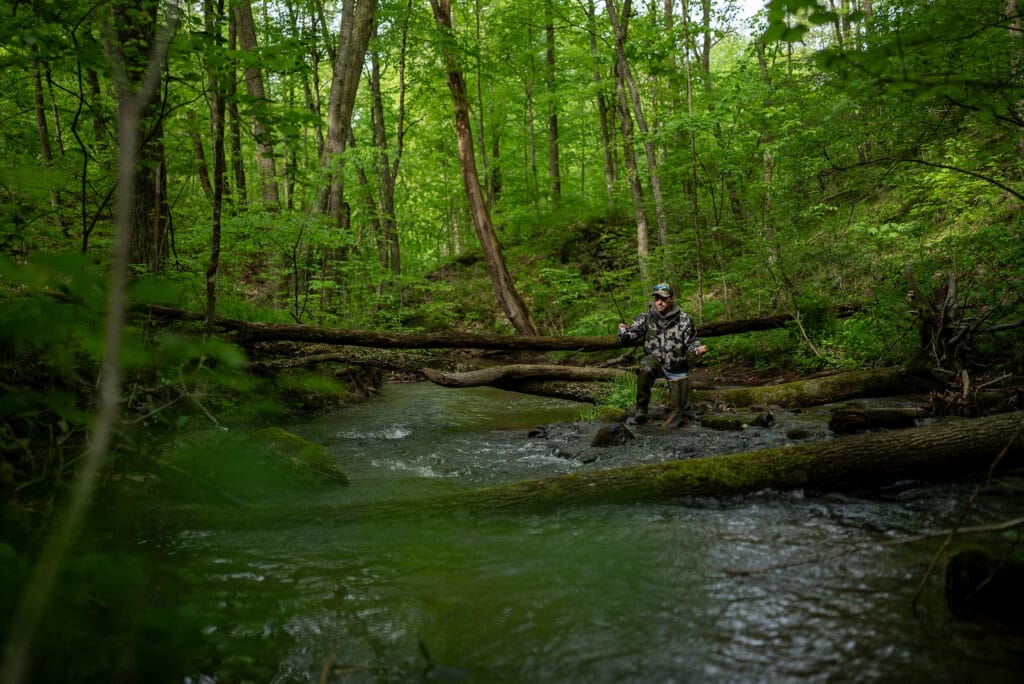
But it’s not.
Drainage from long abandoned coal mines in the watershed has turned Beech Creek into, for all intents and purposes, a river of vinegar. From where the pollution enters the stream it is essentially lifeless.
For now.
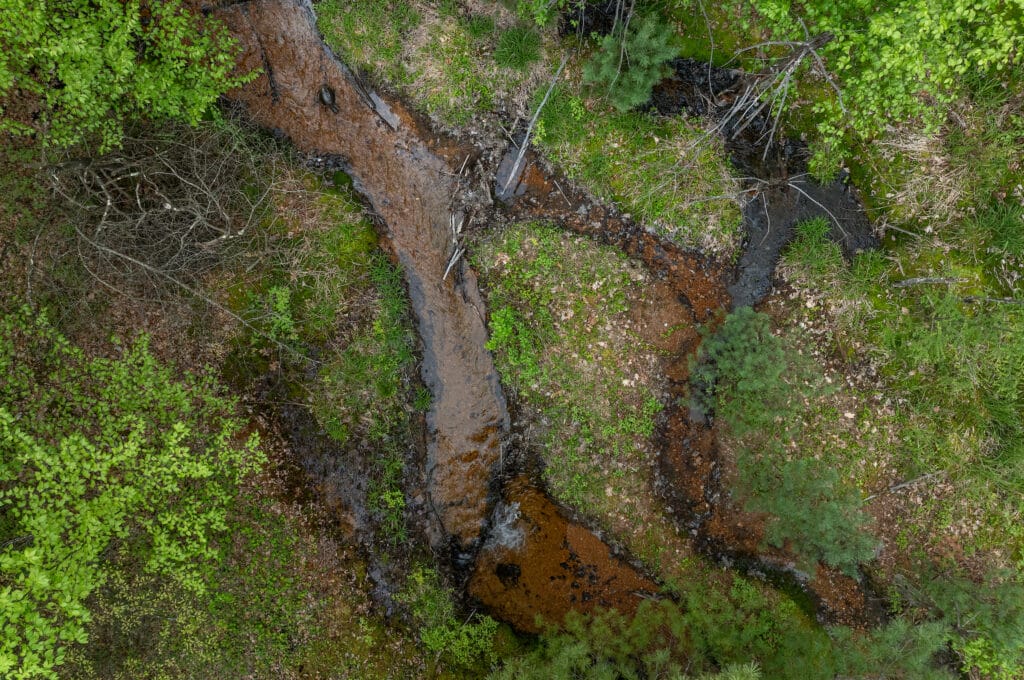
Treating the sources of that abandoned mine drainage (AMD) could revive Beech Creek, bringing aquatic life back to the stream for the first time in decades.
That is Cooper’s goal, and it’s the focus of a new film from Trout Unlimited: “Angling for Hope: A vision for Pennsylvania’s Beech Creek.”
An industrial legacy
Covering about 171 square miles in Clinton and Centre counties, the Beech Creek watershed is in Pennsylvania’s bituminous coal region. Mining for this coal, as well as for clay, was the foundation of the region’s economy for generations. As mining fueled our nation’s development, it was assumed that environmental damage was an inevitable price to pay.
“Much of this watershed was mined before the Surface Mining Control and Reclamation Act, which makes mining companies responsible for reclaiming their mine sites and treating any discharges they’ve caused,” Cooper says. “Fortunately, the damage isn’t intractable. We can fix it, and we have fixed it in many areas. It just takes a lot of work and money.”
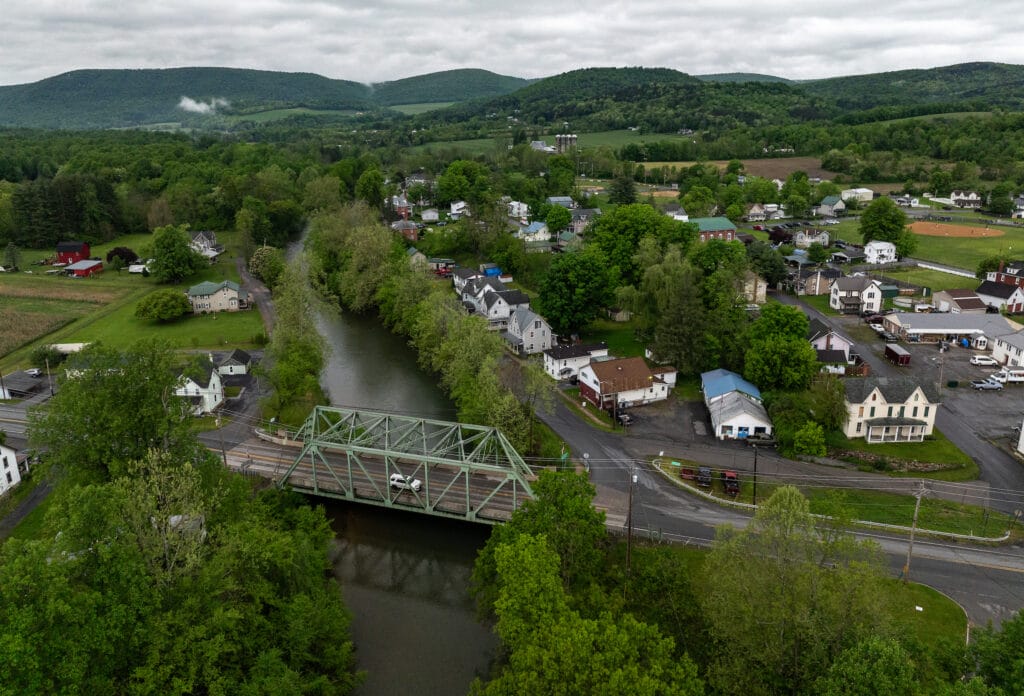
Funding for AMD remediation got a big boost with the passage of the Bipartisan Infrastructure Law and reauthorization of the Abandoned Mine Land Program in 2021. Between these funding sources, Pennsylvania is provided with an average of $245 million annually over a 15-year period to address AMD.
As for the work part of the equation, that’s underway as well.
Cooper said Trout Unlimited’s technical assistance program has been collecting data for a Beech Creek “watershed snapshot,” work stemming from a request from the Lloyd Wilson TU chapter and the Clinton County Conservation District for more information about Beech Creek. The research has helped identify several primary sources of acidity and dissolved toxic metals contributing to Beech Creek’s uninhabitable water chemistry.
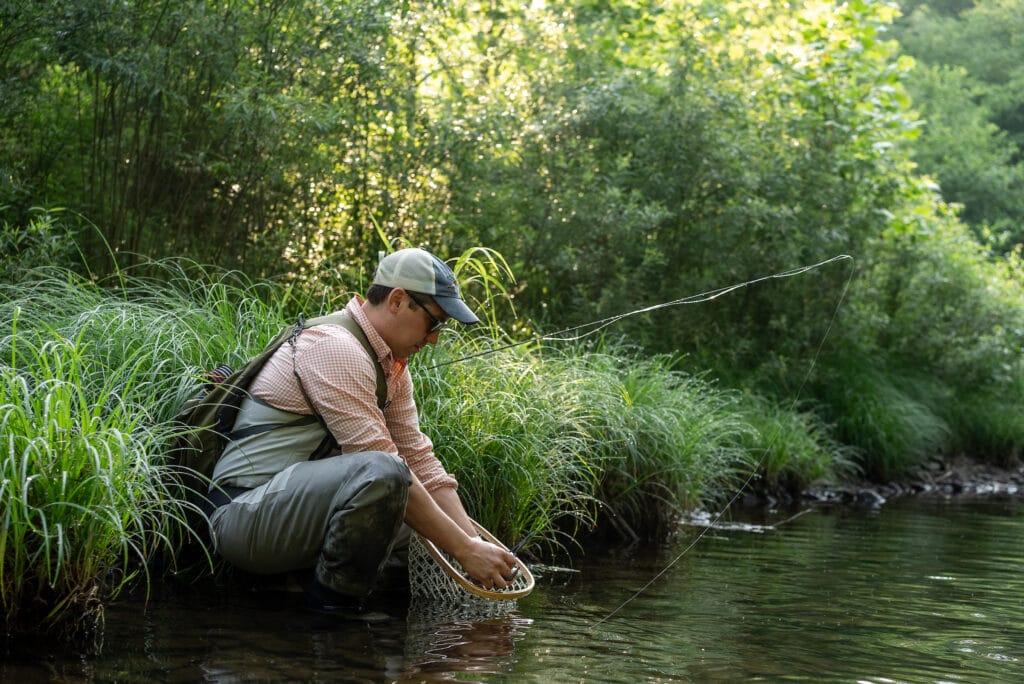
Within the watershed, more than 83 stream miles – in both the main stem of Beech Creek and among tributaries – are impaired by AMD. There are also 37 miles of water that hold wild trout.
“We are confident we’ve identified the biggest sources of AMD in the watershed,” Cooper said. “Now comes the difficult challenge of planning and executing remediation, along with securing the funding.”
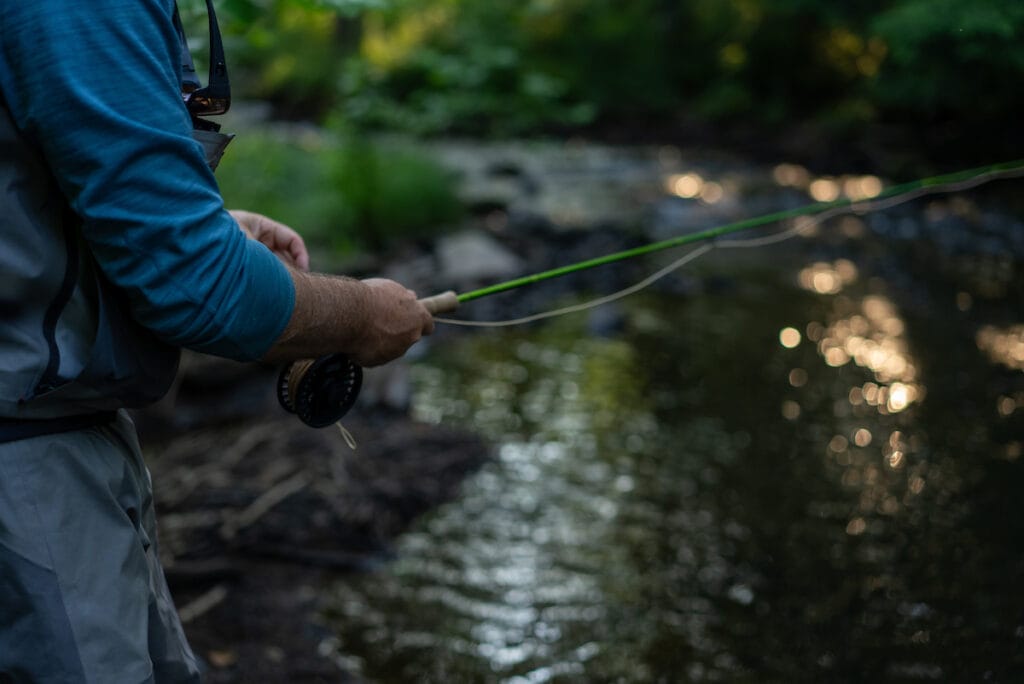
Spring Creek is among the well known trout streams in the State College area, its wild brown trout and great hatches attracting attention from anglers from near and far.
Cooper notes that restoring Beech Creek will require a combination of surface reclamation projects and passive treatment systems to neutralize acid sources.
“It will involve working with many partners to secure grant funding and to implement projects,” he said.
Inspired by Babb Creek
There is nearby precedent for such an effort.
About an hour to the northeast, Babb Creek was once lifeless due to AMD. An impressive effort led by community activists helped restore the stream.
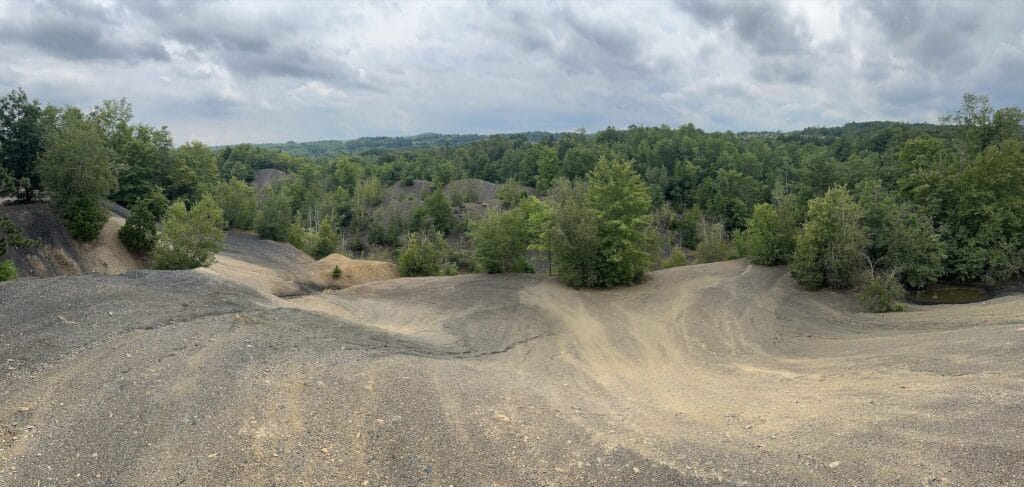
Passive treatment of AMD sites implemented over a number of years brought the stream back to life and a stream that was one devoid of fish has turned into a great wild trout stream. Also importantly, that impact is being seen in Pine Creek, into which Babb Creek flows.
“Pine Creek is an immensely popular fishery,” Cooper says. “The influx of acidic water was actually impacting insect life — and the fish populations they support — in Pine Creek, and that helped make the Babb Creek work a priority.”
Bill Beacom was one of the community leaders for the work on Babb Creek.
“When you have a healthy trout stream, it’s not just about good fishing,” Beacom said. “It’s good for the community as a whole.”
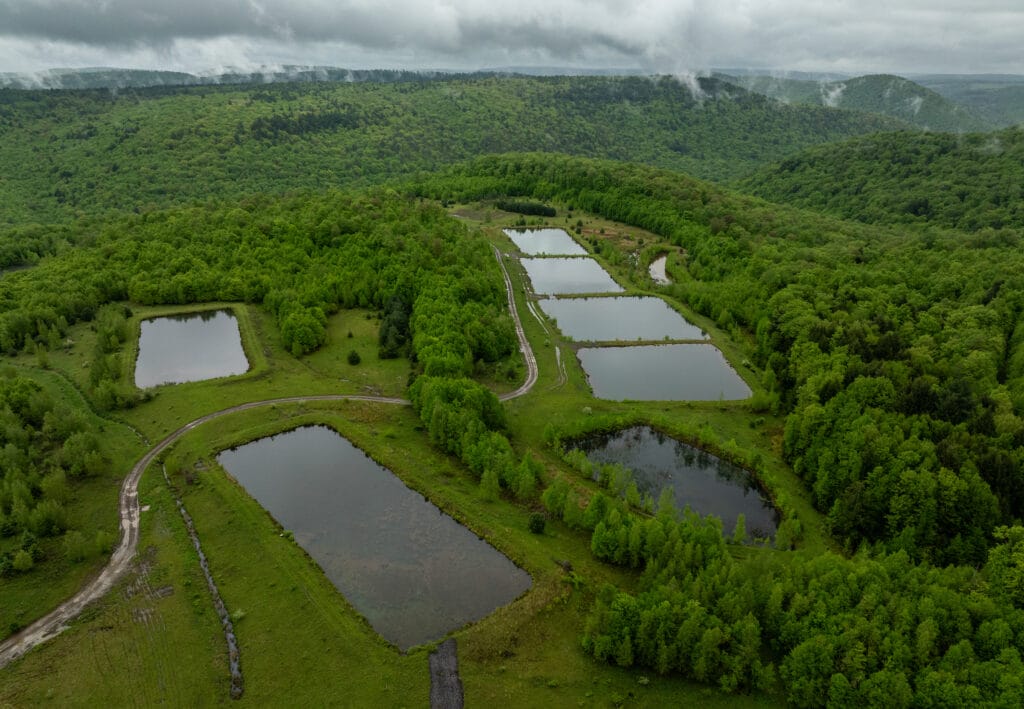
That’s an attitude shared by Logan Stenger, whose family owns a large tract of land that fronts Beech Creek near Monument, once a thriving mine-supported community.
“A healthy stream is part of a healthy community,” Stenger said. “Every time I drive over the bridge to our property, I look at the stream and think I should see fishermen.
“One day I will, and I can’t wait.”
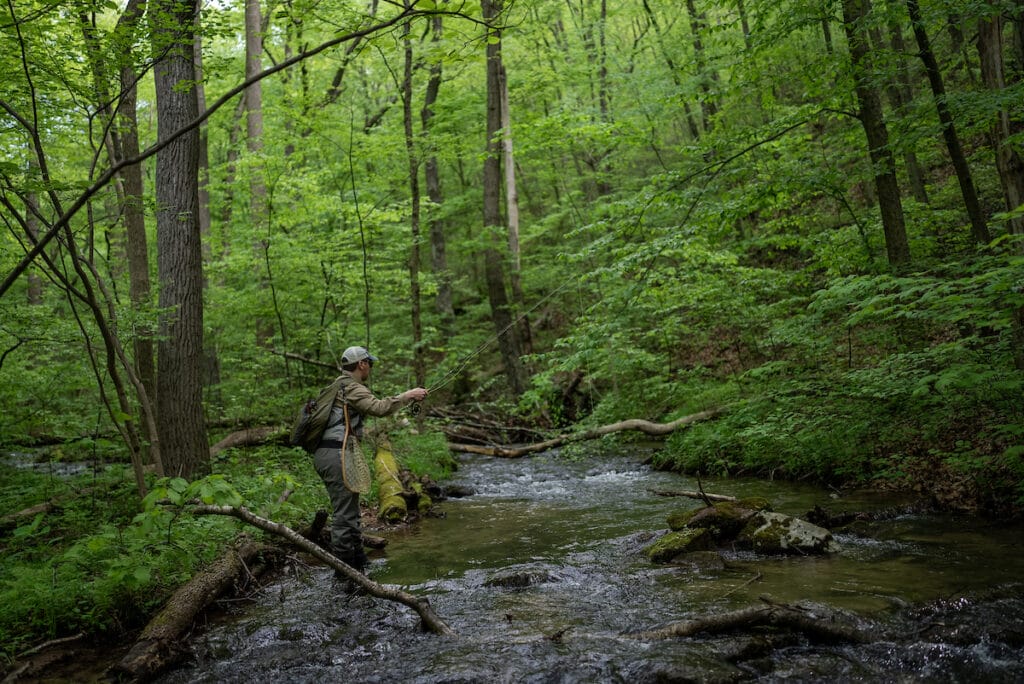



Comments